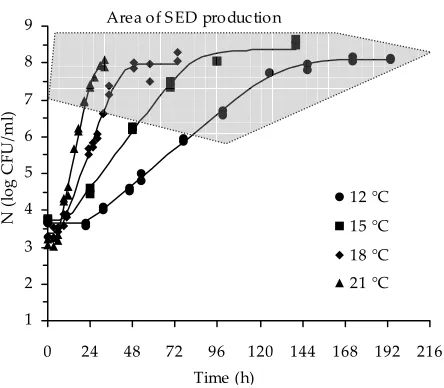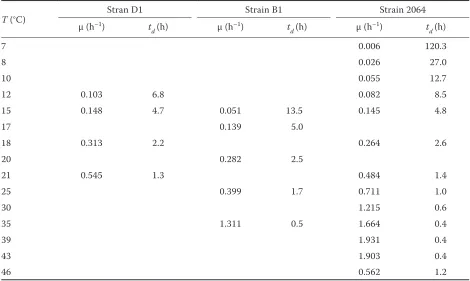Growth characterisation of Staphylococcus aureus in milk: a quantitative approach
Full text
Figure




Related documents
1) To assess the level of maternal knowledge about folic acid among women attending well baby clinic in ministry of health primary health care centers in
In the present study using a gyroscope sensor and long way walking protocol, acute changes of vestibular function resulted in an irregular gait rhythm on the ipsi- lesion side leg..
Field experiments were conducted at Ebonyi State University Research Farm during 2009 and 2010 farming seasons to evaluate the effect of intercropping maize with
Looking into figure 02 knowledge management practices dimensions it is revealed knowledge creation among the employees was high compared to the other dimensions
Cest cet aspect que nous allons maintenant analyser a partir de deux mesures de la consommation agregee d'energie, une mesure thermique, soit la fommle (I) et une mesure
But that is Marx’s exact point in discussing the lower phase of communism: “Right can never be higher than the economic structure of society and its cultural development which
Patients with RH were more likely to be men, and to have higher waist circumference, increased blood levels of HbA1c, triglycerides, and serum creatinine, lower blood levels of
In addition, results of our exploratory analyses suggest that exposure to specific microbes (e.g., lactobacilli and bifidobacteria) in the maternal vaginal flora may influence
